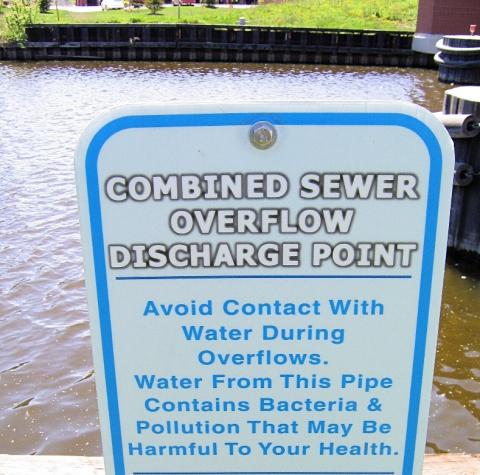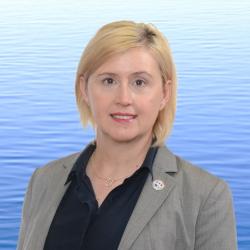Chemical pollution of Great Lakes waters was subject of great interest at IJC’s recent public meetings, especially discussion in Sarnia, Ontario, of actions by Canada and the United States on Chemicals of Mutual Concern (CMCs).

Chemical contaminants in the Great Lakes basin have historically posed risks to human health and wildlife over many years. The latest 2012 Great Lakes Water Quality Agreement between Canada and the United States seeks to address these risks and “… restore and maintain the chemical, physical, and biological integrity of the Waters of the Great Lakes."
Both countries committed to action on Chemicals of Mutual Concern (CMCs) under Annex 3 in the 2012 Agreement. Under Annex 3, Canada and the United States identify CMCs from human sources, which both nations agree are potentially harmful to human health or the environment. Once identified, the countries work to reduce both humans’ releases of CMCs through personal, government or business activities, and the use of products containing CMCs.
Both governments engaged with partner groups and university, government and industry experts to consider the question of harm to health or environment for a list of CMC prospects. The effects of human and animal exposure to CMCs depend upon the toxicity of the chemical and amount of exposure. Chemicals also can be passed up the food chains and food webs of aquatic systems, leading to higher levels of contamination in predator species.

Governments’ nomination and scientific review of CMCs proceeded in 2015, and their success with these actions resulted in the identification and designation of eight CMCs in May 2016:
- Mercury
- Perfluorooctanoic acid (PFOA)
- Long-chain perfluorinated carboxylic acids (LC-PFCAs)
- Hexabromocyclododecane (HBCD)
- Polychlorinated biphenyls (PCBs)
- Perfluorooctane sulfonate (PFOS)
- Polybrominated diphenyl ethers (PBDEs)
- Short-chain chlorinated paraffins (SCCPs).
Effects in humans include neurologic (mercury), skin rashes (HBCDs) and cancer (PCBs).
Management action to control CMC’s environmental release and use are expected as a next step in the process. Binational strategies for each CMC guide these actions, and development of strategies for PCBs and HCBDs is underway.
The next round of technical review for new CMCs will begin soon, and candidate CMC nominations are welcome at any time. Nominations to date include radionuclides --- types of atoms that are radioactive and may give off radiation to the environment as they decay. While some radionuclides occur naturally, other sources include human activities such as weapons testing and waste from nuclear power plants. Exposure to radiation can result in increased cancer in humans. Signers of the nomination for radionuclides cite the health risks and lack of current binational Great Lakes monitoring strategies.
The IJC’s draft Triennial Assessment of Progress noted the success of the governments in completing the first round of CMC identification, where developing processes for CMC nomination and review is a positive first step. The draft assessment indicated that governments also could rely on lessons learned from the first round of CMC nominations to improve actions toward GLWQA objectives. For instance, governments’ development of binational strategies to control CMCs are well behind schedule, and the sheer number of potential CMCs argues for streamlining of the CMCs process. Finally, progress in reducing levels of legacy chemicals is encouraging but emerging contaminants are of concern.

Jennifer Boehme is a senior environmental scientist at the IJC’s Great Lakes Regional Office and serves as chair of the GLOS Board.




